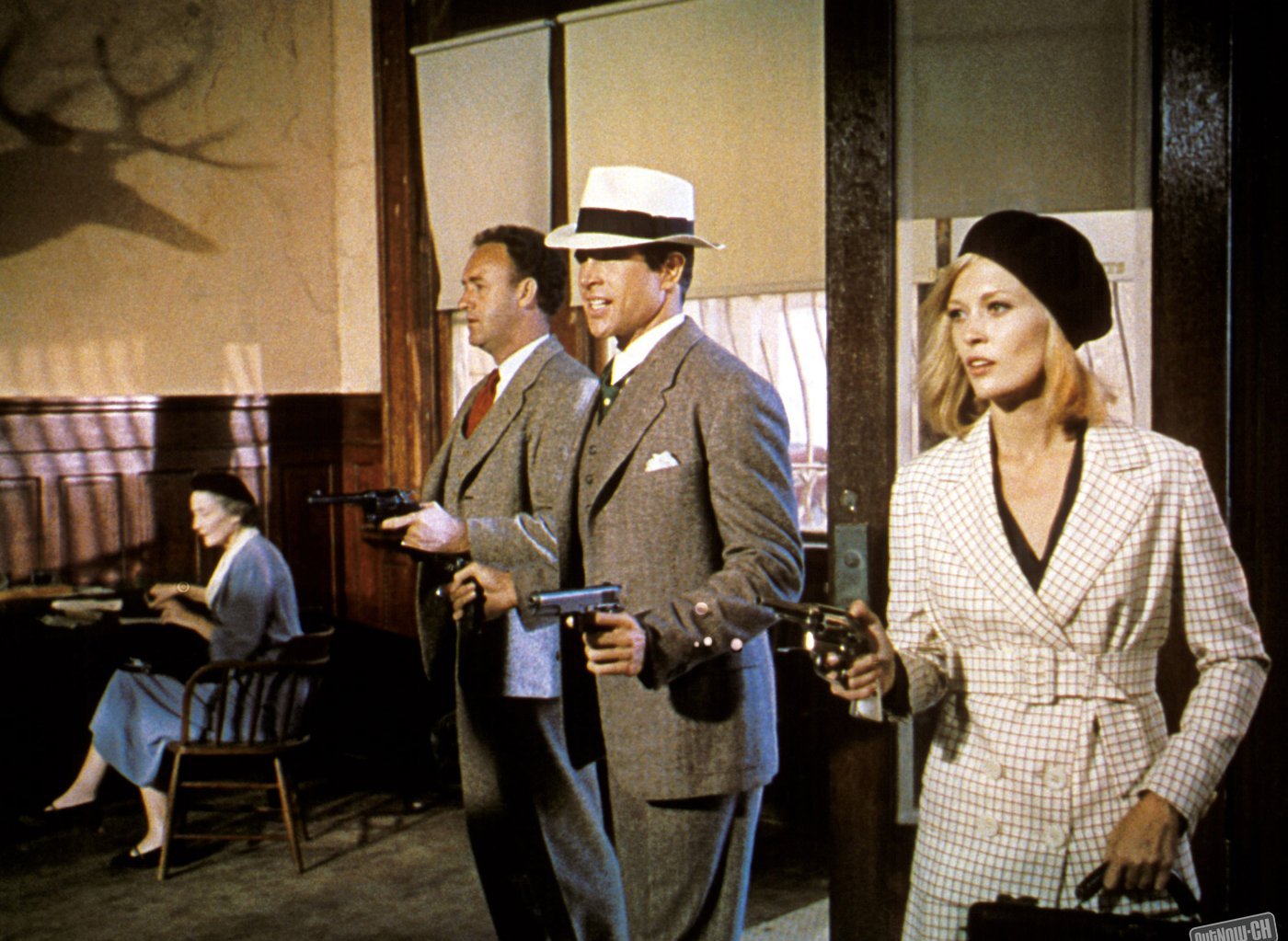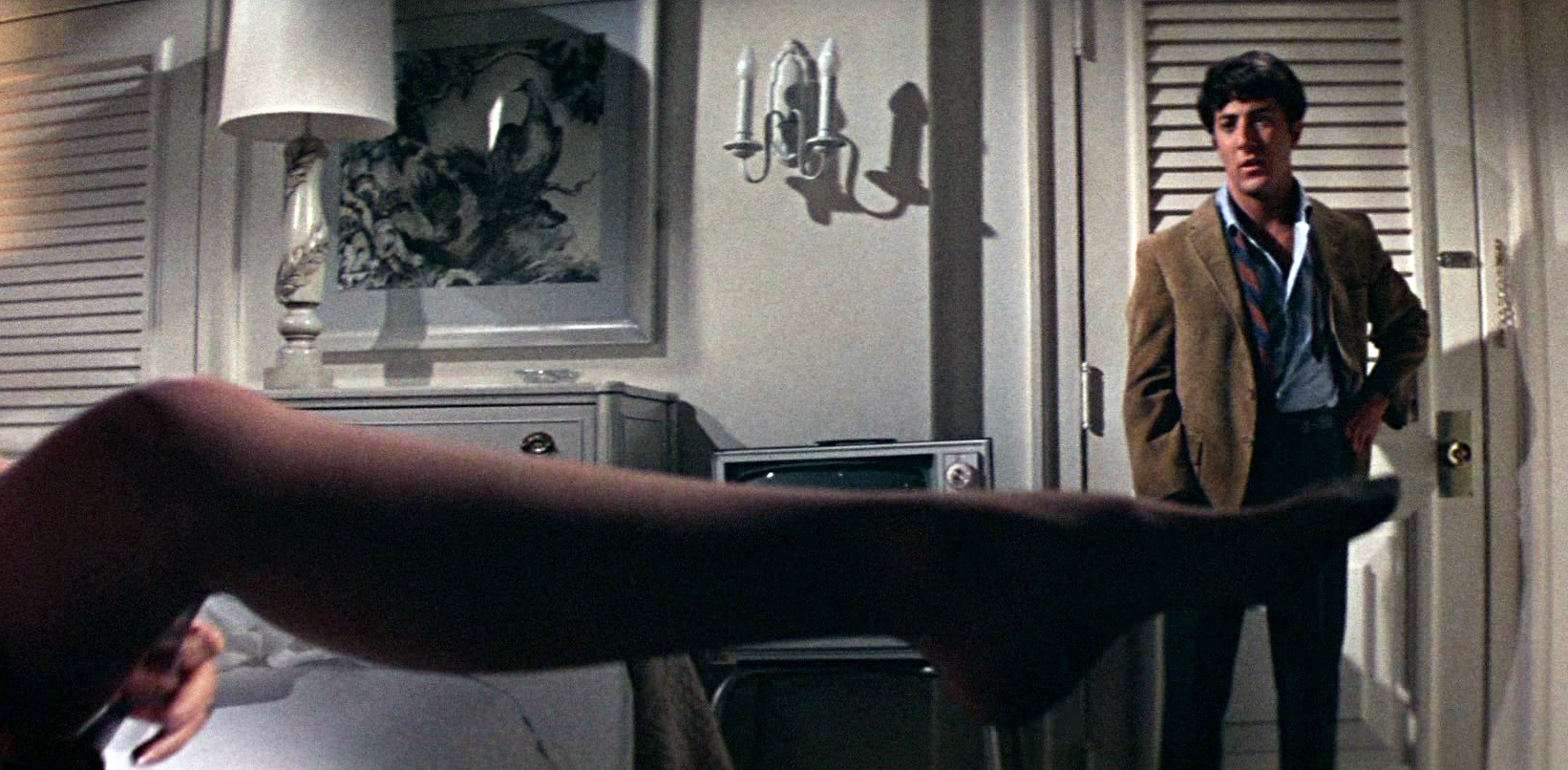The Filmmaker’s Handbook: What was the New Hollywood movement?
Quick Answer: New Hollywood was a movement in filmmaking from the late 1960s through the 1970s. The movement started with The Graduate and Bonnie and Clyde, both released in 1967, and continued through the 1970s as auteurs crafted films that would influence the future of movie-making. These films saw less influence from their production studios and more influence from their directors, allowing new brands of creative authorship that broke away from people’s existing expectations of what Hollywood films could be. Representing a productive union between studio and director in which the director takes creative control of the film, New Hollywood resulted in commercially viable pictures that explored previously taboo subjects in innovative new ways.
New Hollywood isn’t so much a style of filmmaking as it is a movement and a period of time. It refers to a post-Hays liberation of creativity ushered in by a generation of young filmmakers who took the primary authorial role away from studios and into their own hands. Their style, production process and storytelling approach opposed what people expected of Hollywood films prior to this point. No longer were studio films produced solely for commercial gain; instead, the studio system worked in conjunction with viewing film as an art and reviving creativity of expression. Autheur filmmakers explored unconventional storytelling techniques, examined risky subjects and did it in style, on Hollywood’s dime.
Televisions started appearing in homes in the 1950s, disrupting the comfortable Hollywood status quo. By the 1960s, attitudes were shifting and commercial success was down as the “Golden Age” of Hollywood became a distant memory. The big-budget studio productions were failing to draw crowds, and some of the most expensive films ever made were flops that shoved studio funds down the tubes. With the Production Code disbanded and studios scrambling for something new, clever young filmmakers saw an opportunity to create lower-budget, uniquely engaging films. New waves of cinema coming from Europe and Japan were making their way through American film schools, as the likes of Jean-Luc Godard, Federico Fellini and Ingmar Bergman became all the rage among American cinephiles. From this cinephilia, New Hollywood was born.

Warren Beatty and Faye Dunaway in Bonnie and Clyde
The first films generally attributed to the New Hollywood movement are Arthur Penn’s Bonnie and Clyde (1967) and Mike Nichols’ The Graduate (1967). These films ignored taboos and appealed to the youth, addressing sex and violence with now iconic moments in motion picture history. While Mrs. Robinson was trying to seduce a young Dustin Hoffman with that legendary under-the-leg shot, this new brand of filmmaking was bewitching audiences and generations of eventual filmmakers. These films were centered on complex themes with morally ambiguous messages, reflecting the nonconforming generation disillusioned by Vietnam, upset with the elite and rich with contemplation, which re-tooled American film into a means of looking critically at the country’s history and future.

Dustin Hoffman in The Graduate
Arthur Penn and Warren Beatty first collaborated on Mickey One in 1965. After Bonnie and Clyde was passed from Francois Truffaut to Godard to Warren Beatty and finally to Penn, the latter was originally reluctant to take the directorial chair. But it didn’t take long before he realized Bonnie and Clyde isn’t just another gangster picture but a searing social commentary on violence and hypocrisy in America in the 1960s. It is a period crime story with a contemporary lesson.
While the studio, Warner Brothers, was still blind to the untapped potential of what would be the New Hollywood movement, they gave Penn and Beatty free reign to fill the film’s cast with unknown stage actors like Gene Hackman and Estelle Parsons and to shoot the film in Texas. When the film was complete, the studio and its executives hated it, as did middle-brow film critics at a number of national papers. Only Pauline Kael of The New Yorker praised the film (she would go on to offer the same congratulations to The Graduate). Then Bonnie and Clyde did well in Europe, and it was Time‘s cover story and “best movie of the year.” When Warner Brothers re-released the film in America, it became one of the biggest money-makers of the era and was nominated for ten Academy Awards. The possibilities afforded by this elevated, disaffected, auteur-driven filmmaking became clear.
As the culture of American cinema widened after Bonnie and Clyde and The Graduate, many European directors came to join the movement so that they could couple their artistic desires with Hollywood budgets. Roman Polanski, Stanley Kubrick, Milos Foreman and John Boorman all crafted some of their best work within the wave of New Hollywood’s current. Their films boasted an outsider approach that spoke to New Hollywood’s nature of exploring and exposing American morality with a fresh eye.
Film studies professor and author Todd Berliner believes five principles govern the narrative strategies characteristic of Hollywood films of the New Hollywood movement:
- “Seventies films show a perverse tendency to integrate, in narratively incidental ways, story information and stylistic devices counterproductive to the films’ overt and essential narrative purposes.
- Hollywood filmmakers of the 1970s often situate their film-making practices in between those of classical Hollywood and those of European and Asian art cinema.
- Seventies films prompt spectator responses more uncertain and discomforting than those of more typical Hollywood cinema.
- Seventies narratives place an uncommon emphasis on irresolution, particularly at the moment of climax or in epilogues, when more conventional Hollywood movies busy themselves tying up loose ends.
- Seventies cinema hinders narrative linearity and momentum and scuttles its potential to generate suspense and excitement.”
Many legendary films are considered part of the movement, including Easy Rider (1969), Butch Cassidy and the Sundance Kid (1969), Badlands (1973), American Graffiti (1973), The Dirty Dozen (1967), MASH (1970), Catch-22 (1970), Don’t Look Back (1967), The Godfather (1972), Apocalypse Now (1979), A Woman Under the Influence (1974), Chinatown (1974), The Sting (1973), and Barry Lyndon (1975), to name a few.
The New Hollywood era lasted until around 1980, when big-budget Hollywood pictures began to re-dominate the market. It is challenging to put an “end” point on a movement. Perhaps it is Francis Ford Coppola’s One from the Heart (1982), or perhaps Warren Beatty both opened and closed the movement with Reds (1981), the epic drama in which he directed, starred, produced and wrote. Regardless of which picture closed the books on New Hollywood, the movement’s run through the 1970s altered the landscape of cinema forever. Filmmakers continue to be inspired by and draw from the works of the New Hollywood auteurs, who produced many of the art form’s most revered works.

